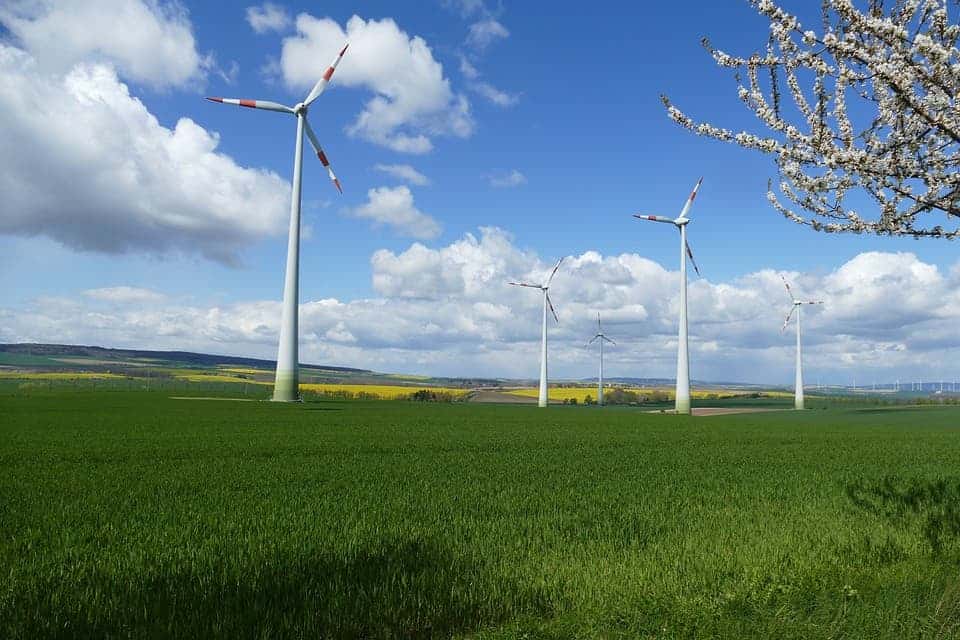Good news: on Monday, Scotland’s wind turbines sent 86,467 megawatt hours of electricity to the National Grid, equating to 206% of the nation’s needs.

A few years ago, Scotland set the lofty goal of generating 50% of their electricity from renewables by 2015. They have since achieved and exceeded that goal. Scottish renewable electricity output has more than doubled since 2007 and it shows no sign of slowing down, in a large part due to wind-powered energy.
Of course, some days are better than others, and Monday was an excellent day.
“Monday proved to be a great day for renewable electricity output, with wind turbines alone providing enough to power 7 million homes and way more than Scotland’s total electricity needs,” Sam Gardner, WWF Scotland’s director, said in a statement.
“We’re blown away by these figures but they are part of a pattern of increasingly green power production made possible thanks to many years of political support in Scotland,” Gardner added. “Across the year, renewables now contribute over half of our electricity needs.”
Indeed, political support has been key to the development of renewables, but so have technological achievements. While wind turbines can suffer from a drop in efficiency due to wear and tear, careful planning and innovative engineering can actually improve performance, and this is exactly what’s happening in Scotland.
During the first half of 2017, wind turbines sent more than 6.6 million megawatt hours of electricity to the National Grid — enough to power 3.3 million homes, which is more than Scotland even has. Therefore, the wind produces more than enough energy to cover residential electricity consumption, and might soon grow enough to cover the entire country’s consumption.
Overall, Scotland continues to be a net exporter of electricity, producing over 25% more than they use. Just recently, the Scottish government announced a ban on hydraulic fracking, cementing their strong emphasis on clean energy. From their start asne of the pioneers of the coal-powered industrial revolution, Scotland is becoming one of the pioneers of the clean energy revolution.






